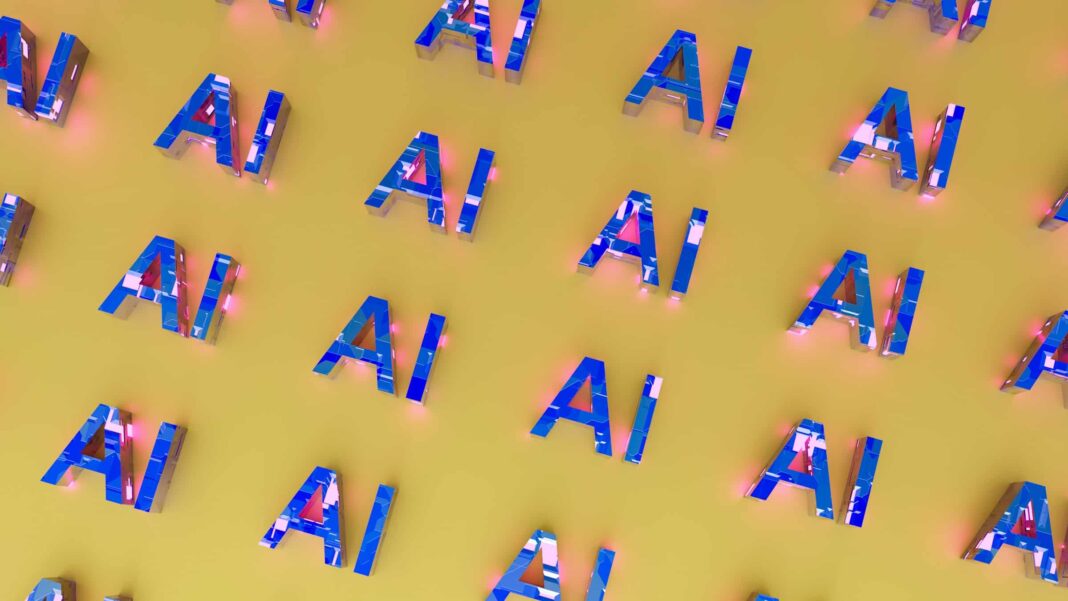John Schulman, co-founder of OpenAI and lead architect of ChatGPT, invented two key parts utilized in ChatGPT’s coaching. Proximal Coverage Optimization (PPO) and Belief Area Coverage Optimization (TRPO) have been the outcomes of his work in deep reinforcement studying. By combining giant knowledge studying with machine studying by means of trial-and-error, he helped usher in right now’s AI revolution.
However earlier than all that, John was working in the direction of his PhD in Neuroscience at UC Berkeley. Let’s delve just a little deeper into how he received began.
Educational Beginnings
John’s preliminary plan was to review Physics within the California Institute of Expertise after which get a PhD in Neuroscience at Berkeley. He remembers selecting Berkeley as a result of he had a “good feeling” about it–and since he preferred the professors he talked to throughout go to day.
Certainly one of his lab rotations underneath the neuroscience program occurred to be with Pieter Abbeel, director of the Berkeley Robotic Studying Lab and co-director of the Berkeley Synthetic Intelligence Analysis lab.
John already knew of (and was thinking about) Abbeel’s work, citing helicopter management and towel-folding robots because the initiatives that particularly caught his eye. However when he began truly working in Abbeel’s lab, his curiosity shortly remodeled into pleasure. He discovered himself spending all his time there engaged on surgical and private robotics.
It wasn’t lengthy earlier than he requested a switch to Berkeley’s EECS (Electrical Engineering and Laptop Sciences) division.
OpenAI Was a Sidequest
Apparently sufficient, John joined and co-founded OpenAI earlier than he completed his PhD in Laptop Science.
After he’d carried out a number of initiatives in EECS, John encountered a serious concern. He realized that their present strategies weren’t refined or sturdy sufficient for actual world purposes. Any usable product they’d conceptualize would wish a lot engineering for only one particular demo. It merely wasn’t practical.
However fairly than settle for it as a kind of “it’s what it’s” situations, John determined to sort out the issue head-on. He says (or, fairly, writes) it himself in a information he created for the OpenAI Fellows Program again in December 2017:
“The keys to success are engaged on the best issues, making continuous progress on them, and attaining continuous private development.”
He wasn’t about to again down.
He famous that, throughout that point, lots of people had gotten fairly good outcomes with deep studying. Individuals within the area began analyzing what these outcomes meant for AI, and John was one among them. He investigated the potential deep studying had for robotics and the conclusion he got here to was reinforcement studying.
He hypothesized that complicated neural community coaching on giant quantities of information might be mixed with machines studying by means of trial and error. This strategy–which John christened “deep reinforcement studying”–might be the important thing to refining robotics for sensible real-world utilization.
With this new aim in thoughts, he joined OpenAI in 2015 so he might higher analysis Synthetic Intelligence. He thought their mission bold however, on condition that he already had an curiosity in AI, he wasn’t too skeptical. He figured that if there was any area the place AI and AGI (Synthetic Normal Intelligence) could be acceptable to speak about, it could be on this firm.
In a current interview along with his outdated mentor, Pieter Abbeel, John acknowledges that he was in the best place on the proper time. AI was new, untapped know-how, however the assets and approaches have been steadily catching up. He needed to analysis deep reinforcement studying even additional for his PhD. There was an enterprising new firm decided to engineer AGI–or AI that would match or exceed human intelligence.
All of the items have been completely in place–John simply needed to put within the work.
John’s Contributions
John positively performs an important, on-going function on this AI-powered period of tech and innovation. Except for being a analysis scientist, co-founder, and lead architect, he has additionally contributed to the next packages:
- OpenAI Gymnasium
- OpenAI Baselines
- Secure Baselines
- TrajOpt
- Computation Graph Toolkit
- Procgen Benchmark
In 2018, John obtained the MIT Expertise Assessment’s 35 Innovators Beneath 35 award. This may be part of his different two awards, C.V. Ramamoorthy Distinguished Analysis Award and ICRA 2013’s Greatest Imaginative and prescient Paper award.
And In His Downtime…
When he isn’t revolutionizing machine studying as we all know it, John says he’s typically “a lazy individual.” He nonetheless struggles to be productive and get issues carried out.
Except for tinkering with deep reinforcement studying, John likes to go mountaineering and working. He’ll wind down by going for a jog across the neighborhood or taking part in the piano. He additionally travels overseas for trip every time he can.
And when it will get to be an excessive amount of, John has some chickens in his yard that he enjoys caring for.


